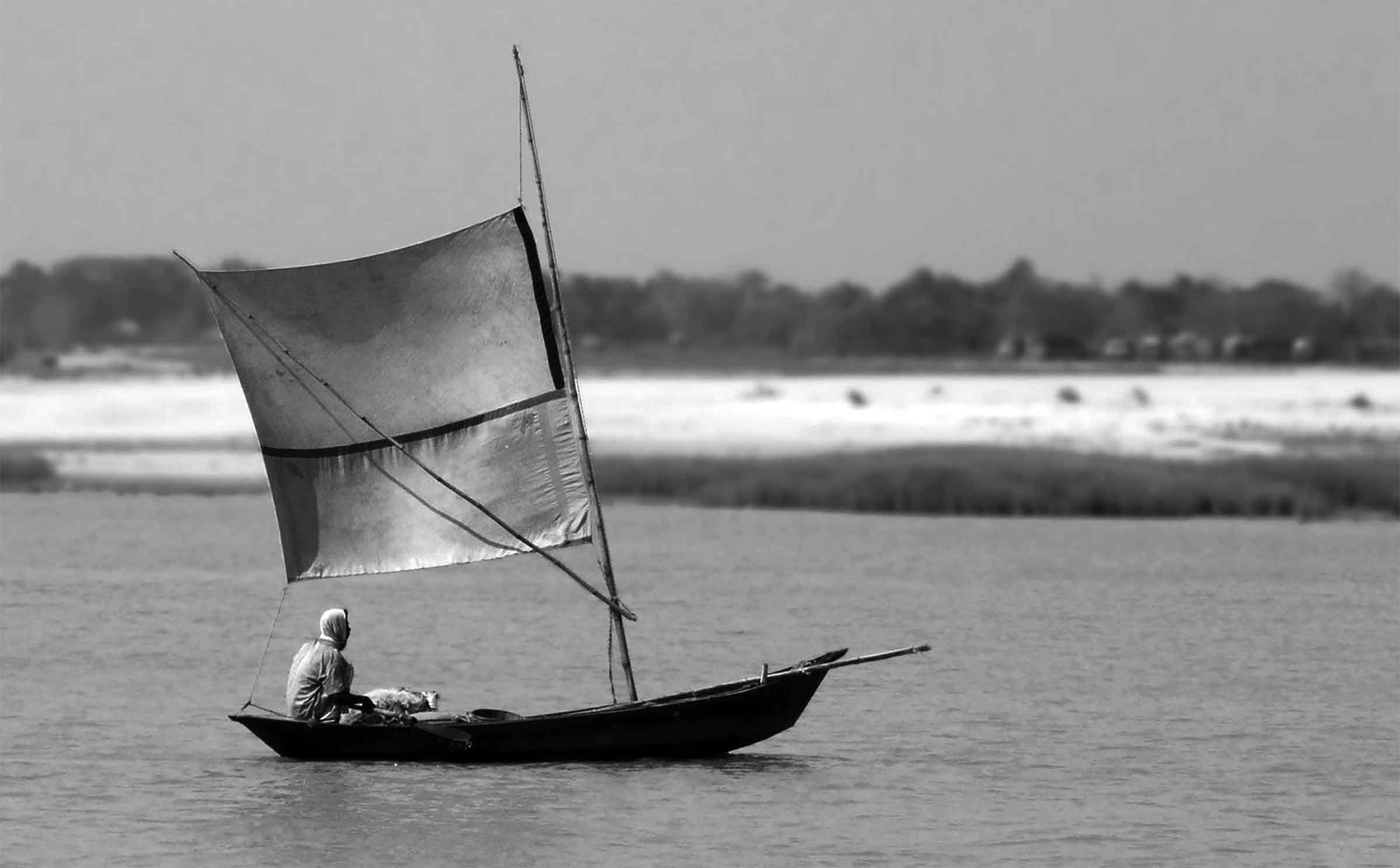একাদশ শ্রেণির ইংরেজি প্রথমপত্র
প্রকাশ | ০৯ অক্টোবর ২০২৪, ০০:০০

Part-1, Question-1
B. Answer the following questions.
(a) What do you know about the institutions that are engaged in imparting tertiary education in Bangladesh?
(b) How many public universities were there in Bangladesh at the time of independence? How many are there at present?
(c) Describe the history of the development of private universities in Bangladesh in your own words.
(d) How many colleges are there in Bangladesh providing tertiary level education? What do they offer?
(e) What does the accessibility to higher education imply? Describe in brief.
Answer :
(a) The institutions that are engaged in imparting tertiary education in Bangladesh are two categories. One category comprises degree awarding universities and the other colleges affiliated with the National University (NU).
(b) There were only four public universities in Bangladesh at the time of independence in 1971. At present, there are 35 such universities in Bangladesh.
(c) In Bangladesh, private universities came into being in the early 1990s with the initiative from the private sectors. Since then there is a spectacular growth in private universities. At present, there are 79 private universities.
(d) There are about 1,400 colleges in Bangladesh providing tertiary level education. They offer BA (pass) education of three year duration, BA (Honors) courses and MA degrees.
(e) Accessibility to higher education implies that students get the opportunity to have university education and sufficient support from educational institutions.
9. Read the following text and answer the questions A and B.
Water, water, everywhere,
And all the boards did shrink;
Water, water, everywhere,
Nor any drop to drink.
Coleridge poem, a ballad, narrates the harrowing sea-voyage of an old mariner who at one point of his journey didn’t have any water to drink because of a curse. Cursed or not, we know how important drinking water is in our life.
We know we cannot survive without it. In fact two-thirds of our bodz is made up of water. Not for nothing is it said that the other name of water is life. Is there a crisis in our time with regard to access to clean drinking water? The United Nations in a meeting on the eve of the new millennium identified the drinking water problem as one of the challenges for the future. But do we need to worry about the problem as ours is a land of rivers and we have plenty of rainfall? Besides, we have a sea in our backyard too.
One of the sources of water in our country is the rivers. Rivers are everywhere in our life, literature, economy and culture. But are the rivers in good shape? Unfortunately, they are not. A few are alreadz dead and several are going through the pangs of death. The river Buriganga is an example of a dzing river. A report published in the Daily Sun describes what has happened to the river Buriganga and why. It’s water is polluted and a perpetual stench fills the air around it. But that is not what it was like before.
The report says that the river had a glorious past. Once it was a tributary of the mighty Ganges and flowed into the Bay of Bengal through the river Dhaleshwari. Gradually, it lost its link with the Ganges and got the name Buriganga. The Mughals marveled at the tide level of the Buriganga and founded their capital Jahangirnagar on its banks in 1610. The river supplied drinking water and supported trade and commerce. Jahangirnager was renamed Dhaka which grew into a heavily populated city with a chronic shortage of space. The city paid back the bounty of the river by sucking life out of it! According to newspaper report, the Buriganga is dzing because of pollution. Huge quantities of toxic chemicals and wastes from mills and factories, hospitals and clinics and household and other establishments are dumped into the river everyday. The city of Dhaka discharges about 4500 tons of solid waste everyday and most of it is directly released into the Buriganga. According to the Department of the Environment (DoE), 20,000 tons of tannery waste, including some highly toxic materials, are released into the river everyday. Experts identified nine industrial areas in and around the capital city as the primary sources of river pollution: Tongi, Tejgaon, Hazaribagh, Tarabo, Narayanganj, Savar, Gazipur, Dhaka, Export Processing Zone and Ghorashal.
The river would need a monster’s stomach to digest all the wastes mentioned above. There is a limit up to which it can put up with its cruel and thoughtless treatment. We the humans have successfully killed one of our rivers. There are other rivers in the country that are being subjected to similar thoughtless treatment. Unless we take care of our rivers there may come a time when we will cry ‘water’ and find it nowhere.
n cieZ©x Ask AvMvgx msL¨vq
